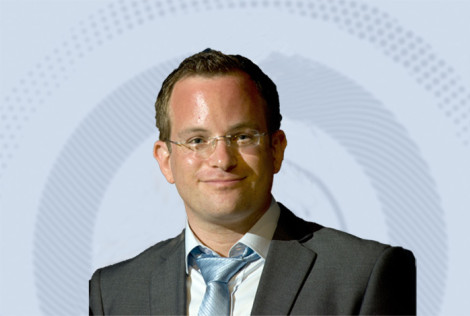Quantum
Quantum physics studies matter and energy at the most fundamental level, exposing "weird" faces of interference, wave-particle duality, and entanglement. Recently, quantum technology emerged, where those weird quantum properties enable exciting new applications in quantum communication, sensing, and computing that are unimaginable using classical physics. BINA PIs are gathered from different departments and faculties (Physics, Chemistry, and Engineering) to this new field, conducting versatile research in quantum materials, quantum optics, quantum computing, and quantum chemistry to provide new insights in computing, communications, sensing, etc.
The research topics span the core technologies of
- Quantum optical sensors
- Quantum communication and cryptography
- Superconducting qubits for computing
- Quantum engineering of ultra-small devices (Sub-wavelength)
Critical peripheral technology:
- Light-emitting diodes
- Optical amplifiers and lasers
- Transistors and semiconductors (such as the microprocessor)
- Quantum simulations of electronic structure
Researchers
-

Prof. Eli Barkai
972-3-531-7020
Theoretical Physics
- Dynamics of cold atoms in optical lattices.
- Nano science: Blinking quantum dots.
- Statistical physics: Foundations of weak ergodicity breaking
-
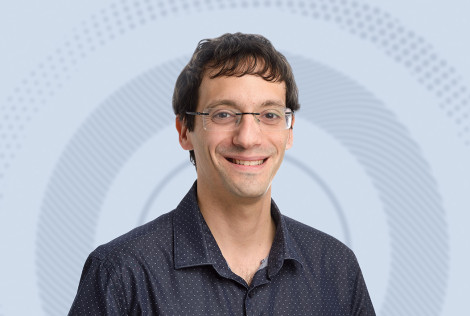
Prof. Eliahu Cohen
972-3-738-4268
From Quantum Foundations to Optical Quantum Technologies
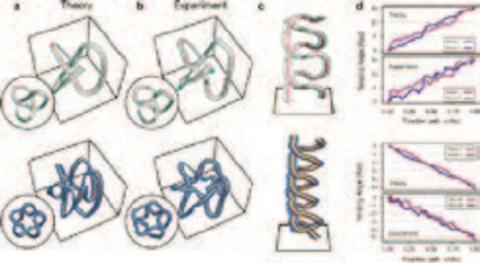
We study various topics related to basic quantum science, as well as quantum technologies. Currently, the main theme is quantum correlations which beg for a better theoretical understanding, as well as novel applications. The primary tool we
use throughout our exploration is quantum optics. -
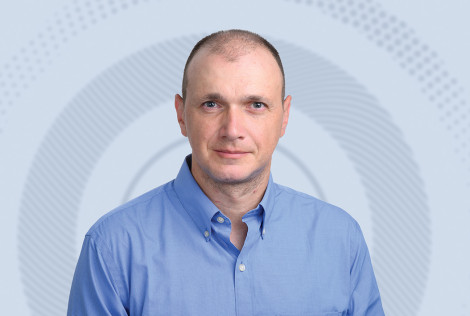
Quantum electro-optic devices Abstract
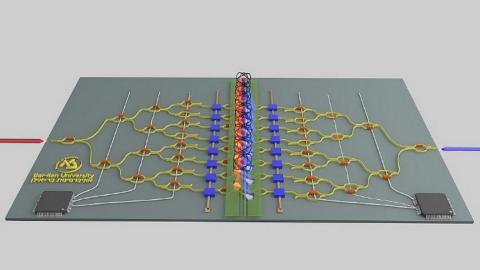
The world of quantum optics holds enormous potential to address a large variety of unsolved problems in sensing, information processing, computation, and precise measurements.
Taking the advantage of well-developed nano fabrication processes, on-chip integrated
quantum photonics is a promising platform for the realization of quantum optics technology.
-

Prof. Moti Fridman
972-3-531-7524
Temporal optics
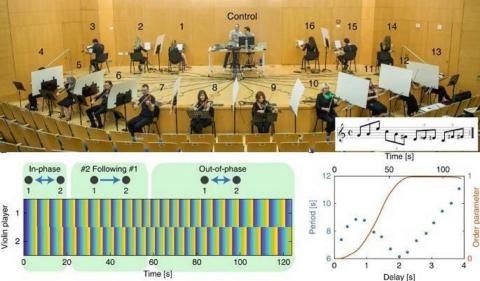
• Temporal optics
Temporal depth imaging
Time-lenses for orthogonal polarized input signals
Temporal super resolution methods
Full Stocks time-lenses
Temporal and spatial evolution of ultrafast rogue waves
• Fiber Devices
Long period fiber gratings
Gold coated tapered fibers
Fiber micro-knots
• Fiber lasers
Carbon nanotubes
Graphen
Topological insulators -

Exploring light and matter interactions in materials through quantum electronic structure simulations
Our lab strives to understand and predict how does atomic and electronic structure of materials and molecules effect their optoelectronic and mechanical properties. Understanding microscopic properties of materials, will help in controlling chemical reactions on surfaces and electron transport in nanomaterials, improve optoelectronic properties of devices, and predict novel quantum materials. In the lab we will simulate materials properties, electronic transfer mechanisms, and chemical reactions on the computer. We will develop state of the art electronic
structure for predicting properties of materials, we will focus on nano-materials and 2D quantum materials. -

Prof. Beena Kalisky
972-3-738-4339
Sensitive magnetic imaging
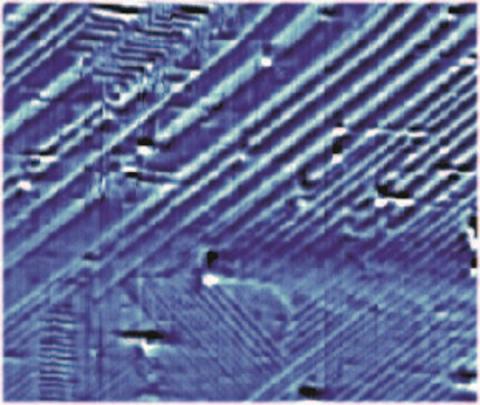
• Superconductivity
• Nano-magnetism
• Bio-magnetism
• Scanning SQUID microscopy
• Complex oxid interfaces
• Nano-electronics -

Dr. Amikam Levy
+972-3-7384533
Non-equilibrium quantum dynamics
Progress in quantum technologies relies on understanding how quantum phenomena govern the dynamics of quantum systems far from equilibrium and on identifying the available quantum resources. This knowledge then allows us to manipulate the systems in order to obtain a desired outcome. Our group seeks to: (i) Develop dynamical descriptions that capture effects of quantum phenomena on the single-atom/molecule level and for systems far-from-equilibrium. (ii) Identify quantum resources and utilize them in controlling quantum transport processes and quantum state preparation. (iii) Thoroughly define the relationship between quantum effects and concepts from non-equilibrium thermodynamics.
-

Prof. Tomer Lewi
972-3-738-4631
Nano-optics and Light–matter interactions in metamaterials
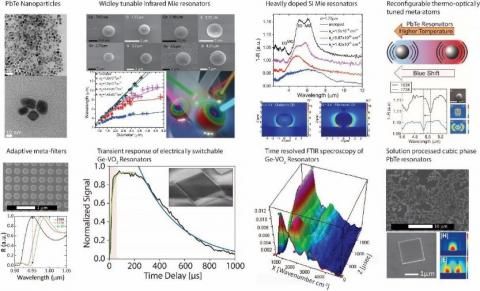
• Light-matter interactions
• Nanophotonics
• Metamaterials
• Plasmonics
• IR nanospectroscopy
• 2D materials -

Prof. Dan Thomas Major
972-3-531-7392 -

Prof. Doron Naveh
972-3-531-4657
Graphene Composites for Sensor Applications • Graphene Electronics • Two Dimensional Semiconductors
• Graphene Composites for Sensor Applications
• Graphene Electronics
• Two Dimensional Semiconductors -
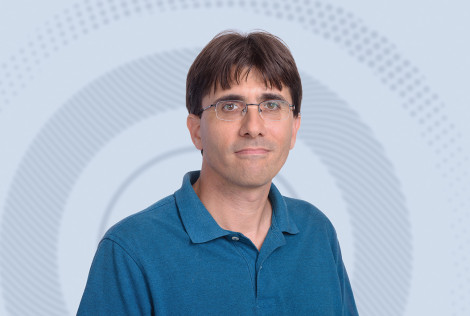
Prof. Avi Pe'er
972-3-531-7482
Broadband Quantum Optics
• Optical bandwidth as a resource for quantum information: Novel schemes for quantum measurement and sources of broadband squeezed light
• Sub shot-noise interferometry and coherent Raman spectroscopy (quantum CARS) using broadband squeezed light.
• Visualization and manipulation of fast vibrational dynamics in molecules with optical frequency combs
• The physics of mode-locked lasers: new sources of ultrashort pulses and frequency combs -

Prof. Michael Rosenbluh
972-3-531-8296
Laser spectroscopy
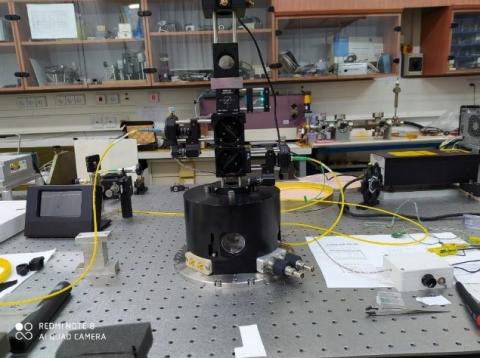
We explore the interaction of light and matter in both the classical regime and in the quantum regime. Applications to sensing technology, secure communications and optical frequency standards are experimentally pursued in the lab.
-

Prof. Amos Sharoni
972-3-738-4516
Phase transitions on the nano-scale
- Spintronics
- New Temperature Coefficient of Resistance (TCR) materials
- Organic/SC hybrid
-

Prof. Sharon Shwartz
972-3-738-4377
Nonlinear X-ray Optics
• Demonstration of an X-ray Autocorrelator
• Imaging of chemical bonds in solids, quantum imaging with x-rays
• Second Harmonic Generation at X-ray wavelength, X-ray Parametric down Conversion
• Generation of X-ray Bi-photons -

Prof. Yaakov Tischler
972-3-738-4514
• Coherent coupling in light-matter coupled systems: Organic Lasers, J-aggregates, and Polaritons. • Ultra-high resolution scanning microcopy and spectroscopy. • Applications of ultra-fast non-linear spectroscopy for energy sustainability. • Novel ap
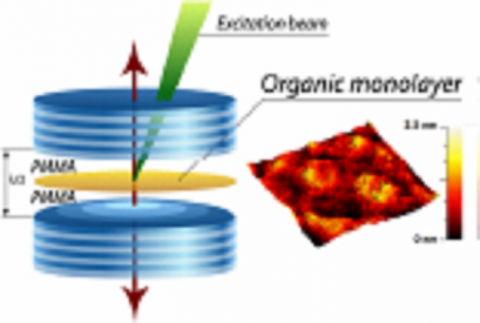
• Coherent coupling in light-matter coupled systems: Organic Lasers, J-aggregates, and Polaritons.
• Ultra-high resolution scanning microcopy and spectroscopy.
• Applications of ultra-fast non-linear spectroscopy for energy sustainability.
• Novel approaches to organic crystal growth and OLED deposition -
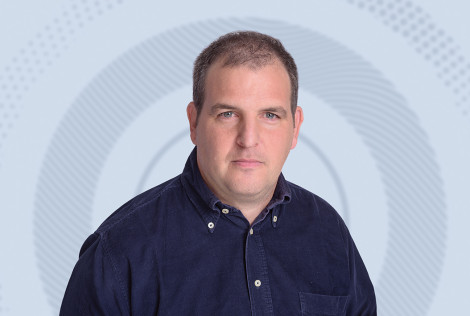
Prof. Yoni Toker
972-3-531-7406 -
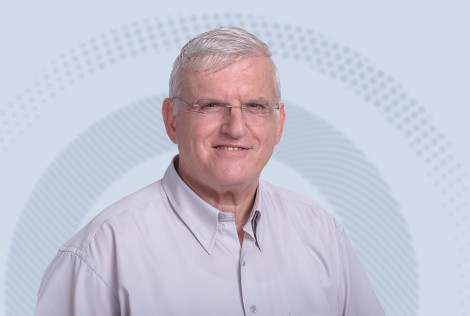
Prof. Yosef Yeshurun
972-3-531-8369
Fundamental physics & Applied Physics
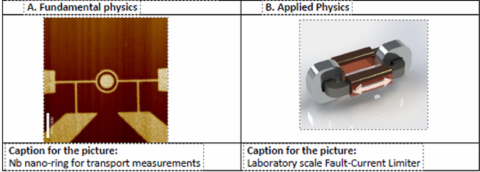
• Condensed matter physics
• Magnetism
• Superconductivity



